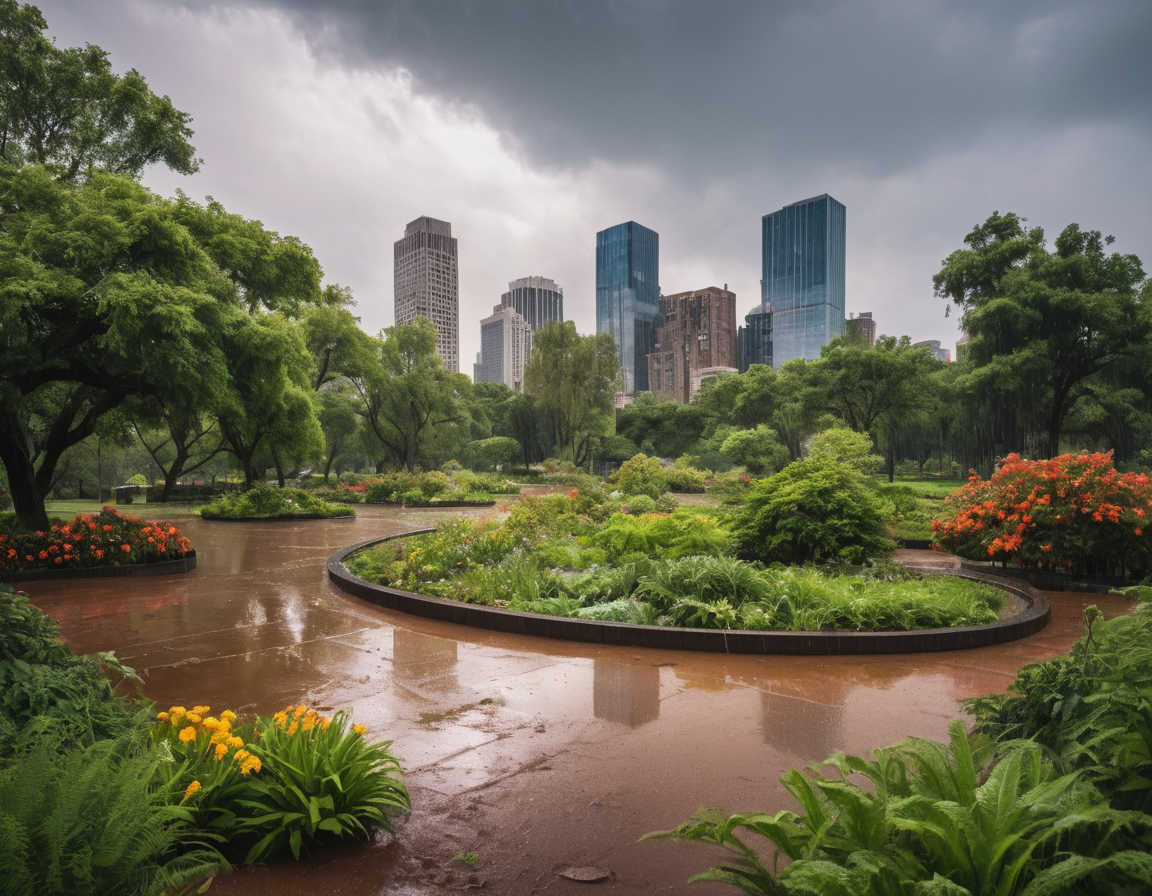Embracing Sustainability: The Power of Water Absorption in Urban Design
Unveiling the Future of Urban Sustainability
As cities worldwide grapple with the impacts of climate change, water management has skyrocketed to the forefront of urban planning discussions. In this blog post, we dive into the transformative role of water-absorbing infrastructure and materials in creating resilient urban spaces. 
Understanding Water Absorption in Urban Environments
Water absorption refers to the ability of materials and surfaces to take in and retain water, a crucial property for diminishing flood risks and countering the urban heat island effect. Let’s explore how cities are harnessing this power to foster a more sustainable future.
Green Roofs and Living Walls: Nature’s Answer to Urban Heat
Green roofs and living walls are not just aesthetic enhancements; they are a testament to the benefits of water absorption. These living systems can store rainwater and release it gradually, a natural process that cools and cleanses our city air, contributing to the well-being of its inhabitants. 
Porous Pavements: When Roads Soak up the Rain
Imagine streets that drink up the rain, leaving no puddles behind. Porous pavements allow water to pass through them, reducing runoff and recharging groundwater. This section will delve into the mechanics and materials that make these pavements an essential element in modern urban design. 
The Absorptive Power of Urban Parks
Urban parks play a pivotal role in absorption and flood mitigation. Expansive grasslands, trees, and gardens act as natural sponges, controlling excess water and providing a haven for biodiversity within our concrete jungles. Here’s how these green spaces are shaping the future of urban living. 
Call to Action: How You Can Support Water-Absorbent Infrastructure
Involvement at the community level is key to advancing the use of absorptive materials and methodologies in our cities. Learn how you can advocate for and participate in the shift towards a more absorbent and resilient urban landscape.






